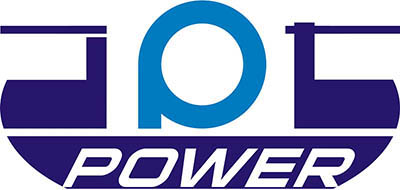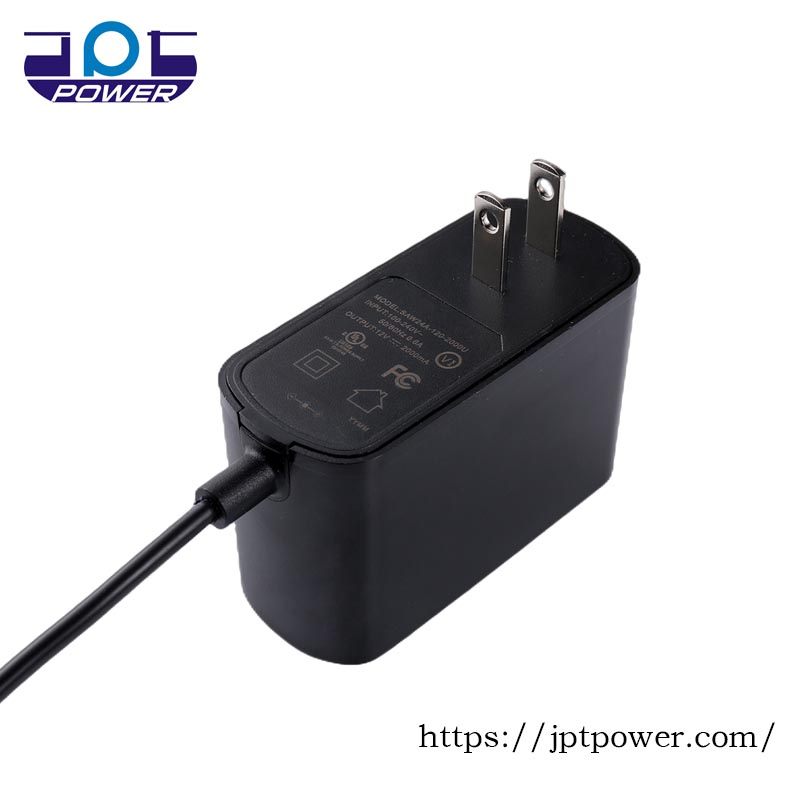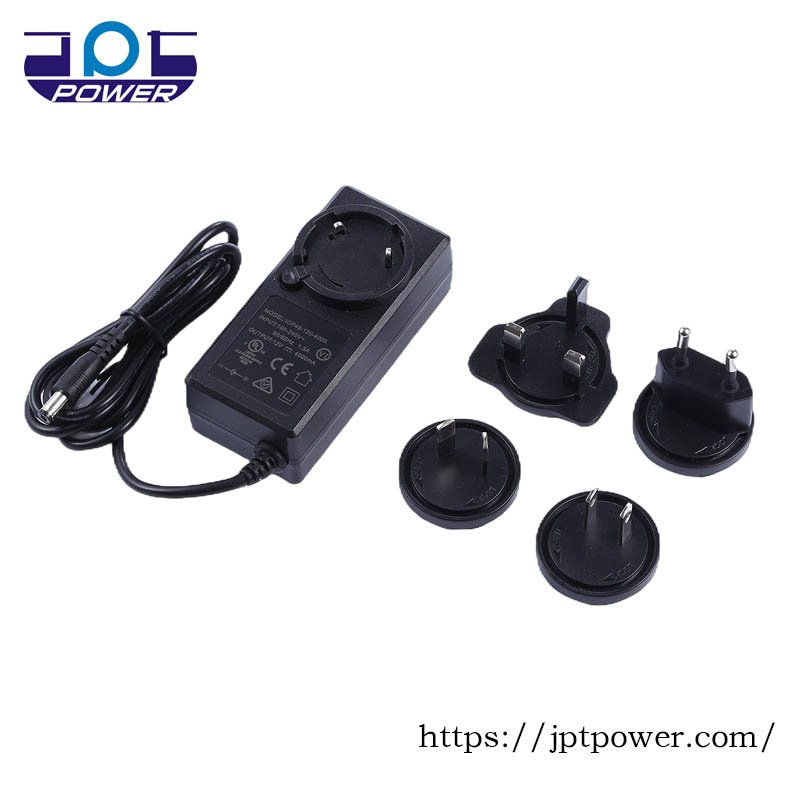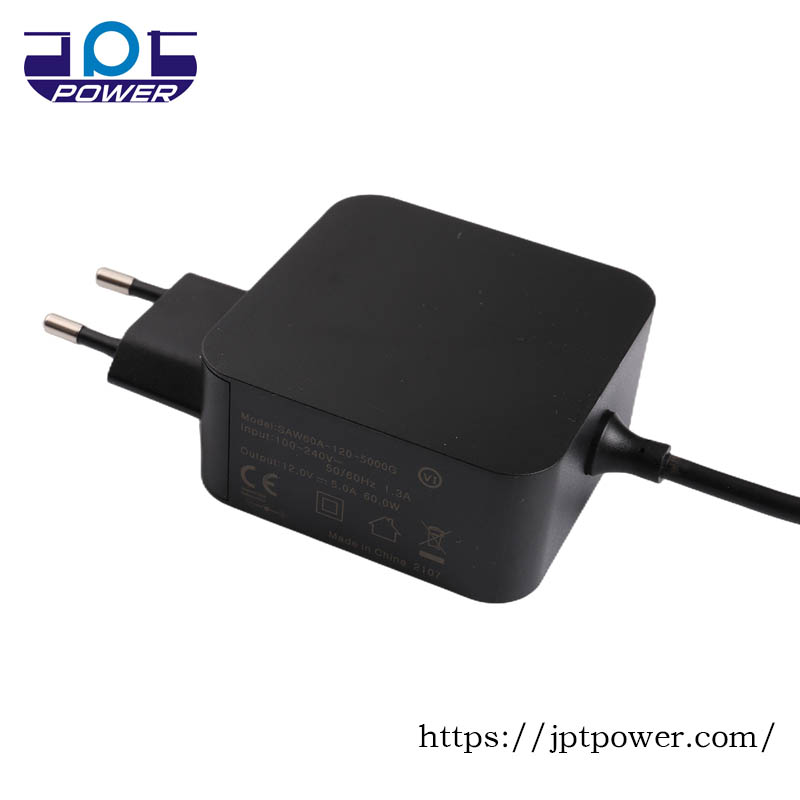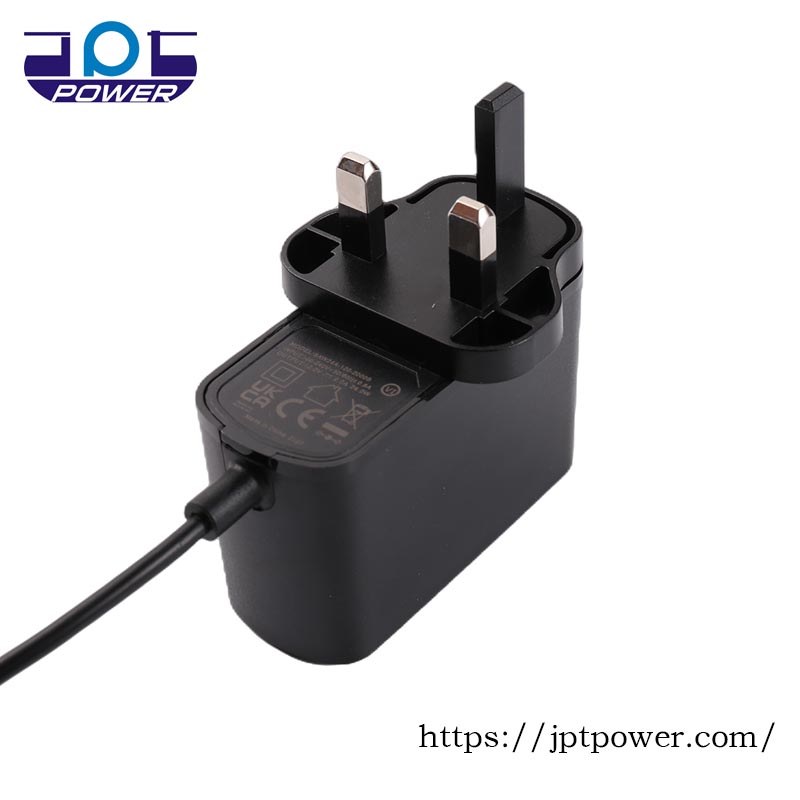What is IEC 62368-1? It will be mandatory in December 2020.
Introduction:
IEC 62368 standard is a crucial safety requirement in the field of audio, video, and communication technology devices. The purpose of this standard is to ensure that these devices maintain safety performance under normal and abnormal conditions, avoiding harm and damage to users and the environment. As a professional adapter manufacturer, it is essential to understand and comply with the IEC 62368 standard to ensure product quality and meet market demands. This article will provide a detailed overview of the content and safety requirements of the IEC 62368 standard to help you better understand and apply this standard.
I. Overview of the IEC 62368 Standard:
1.1 Origin and development of the standard:
– The IEC 62368 standard was initially developed by the International Electrotechnical Commission (IEC) with the aim of replacing two separate standards applicable to information technology equipment and audio/video equipment: IEC 60950 and IEC 60065.
– IEC 60950 addressed safety specifications for information technology equipment such as computers, TV monitors, and printers, and its use was discontinued in 2005.
– IEC 60065 focused on safety requirements for audio, video, and similar electronic equipment such as sound systems, televisions, and cameras. It has been in effect since 1976 and was discontinued in 2020.
– The merging and restructuring of these two standards aimed to establish unified safety standards for audio, video, and communication technology devices to adapt to modern products and technological trends.
1.2 Scope of the standard:
– The IEC 62368 standard applies to a wide range of audio, video, and communication technology devices, including but not limited to the following areas:
– Audio devices: sound systems, speakers, headphones, etc.
– Video devices: televisions, monitors, projectors, etc.
– Communication devices: telephones, wireless routers, gateways, etc.
– Computers and network equipment: desktop computers, laptops, servers, etc.
– Home entertainment devices: DVD players, game consoles, home theater systems, etc.
– The standard also applies to multimedia devices that integrate audio, video, and communication functions, such as smartphones, tablets, IoT devices, etc.
– It is important to note that the IEC 62368 standard does not apply to specific areas of devices such as medical equipment, industrial automation equipment, and military devices. These devices typically have their own independent safety standards.
In conclusion, the scope of the IEC 62368 standard includes a wide range of audio, video, and communication technology devices, as well as multimedia devices that integrate these functions. Its purpose is to provide unified safety requirements for these devices and ensure their safety performance under normal and abnormal conditions.
II. IEC 62368 standard’s main safety requirements
2.1 Electrical Safety Requirements:
– Insulation Requirements: Insulation requirements are crucial in the IEC 62368 standard. Equipment should have sufficient insulation protection to prevent current from passing through insulation materials into the human body or other accessible parts. The standard specifies requirements for minimum insulation thickness and insulation strength.
– Grounding Requirements: The standard requires equipment to be properly grounded to reduce the risk of electric shock and ensure that the power supply is promptly disconnected in the event of a fault. The metal enclosure, wires, and other conductive components of the equipment need to be correctly grounded.
– Current and Voltage Requirements: The standard sets limits for internal current and voltage in the equipment to ensure that excessive current or voltage is not generated during normal operation and fault conditions, thereby reducing the risk of electric shock and fire. The equipment should use appropriate protective devices such as overload protection and short circuit protection.
2.2 Mechanical Safety Requirements:
– Enclosure Design Requirements: The standard imposes a series of requirements on the enclosure design of the equipment to ensure that it effectively protects internal circuits from the invasion of external objects (such as dust and solid substances) and reduces the risk of accidental contact with internal components. The enclosure should have sufficient strength and protection level.
– Connector Strength Requirements: The standard requires connectors (such as screws, sockets, plugs, etc.) of the equipment to have sufficient strength and reliability. These connectors should be able to withstand mechanical stress under normal use conditions and ensure that the equipment does not loosen or detach during operation.
– Requirements for Variable Structures: For equipment with variable structures, such as deployable antennas and retractable speakers, the standard requires that the equipment does not pose any hazards during normal operation and deployment/retraction. The design and structure of the equipment should ensure stability and reliability during deployment/retraction, without causing any unexpected injuries.
– Requirements for Prevention of Accidental Startup and Intrusion: The standard specifies that the equipment should not automatically start in unforeseen circumstances (such as sudden power restoration or system failure). At the same time, the equipment should prevent unauthorized personnel from entering the interior of the device to ensure safe use and maintenance.
In summary, the electrical safety requirements of IEC 62368 standard include insulation, grounding, current, and voltage aspects. The mechanical safety requirements involve enclosure design, connector strength, variable structures, and prevention of intrusion, aiming to ensure that the structure and components of the equipment can provide sufficient protection and reduce the risks that may occur during use.
2.3 Thermal Safety Requirements:
– Temperature Control: The standard requires that the temperature of various components of the equipment under normal operation and fault conditions should not exceed the safety range. The equipment should take corresponding measures to control temperature, such as heat dissipation devices, temperature sensors, and thermal protection switches. Additionally, the equipment should have overheat protection function to prevent dangerous situations like fire when the temperature is too high.
– Heat Dissipation Design: The standard imposes a series of requirements on the heat dissipation design of the equipment. The equipment should have an effective heat dissipation system to ensure that the temperature of internal components does not become excessively high, thus preventing the risk of fire. The heat dissipation system should consider the environmental conditions and usage patterns of the equipment and possess sufficient heat dissipation capabilities.
2.4 Fire Safety Requirements:
– Fire-resistant Materials: The standard requires that the materials used in the equipment should have excellent fire resistance. Specifically, flame-retardant materials should be used in components prone to fire, such as circuit boards and insulation materials, to reduce the spread and hazards of fire.
– Flame and Arc Propagation Testing: The standard requires equipment to undergo flame and arc propagation testing during certification. These tests aim to verify whether flames and arcs will spread rapidly and cause harm to the surrounding environment and individuals in the event of fire or arc occurrence. The equipment should be able to suppress the propagation of flames and arcs, ensuring the safety of users.
According to the IEC 62368 standard, engineers need to analyze and study the classification of hazards, including:
– Electrical
– Thermal (including burn risk and fire)
– Chemical substances
– Kinetic energy
– Radiation
The standard considers the occurrence of hazardous energy as inevitable. Therefore, it requires engineers to identify energy sources and categorize them into three levels:
Energy Source | Effect on the body |
Class 1 | Not painful, but may be detectable |
Class 2 | Painful, but not an injury |
Class 3 | Injury |
To address these potential risks to the human body, the standard requires engineers to identify energy sources and levels, and take appropriate protective measures, such as designing devices or solutions between the hazardous sources and body parts, to prevent harmful energy from being conducted to the human body.
In general, this standard classifies users of electronic devices into three types (ordinary persons, instructed persons, or professional personnel), considering their different needs and facing different challenges. This standard is expected to provide improved protection for users.
In conclusion, the thermal safety requirements of the IEC 62368 standard mainly include temperature control and heat dissipation design aspects, aiming to ensure that the temperature of the equipment does not exceed the safety range under normal operation and fault conditions, thereby avoiding the risk of fire. In addition, fire safety requirements involve the use of fire-resistant materials and flame/arc propagation testing, ensuring that the equipment has fire resistance and can prevent the spread of fire effectively.
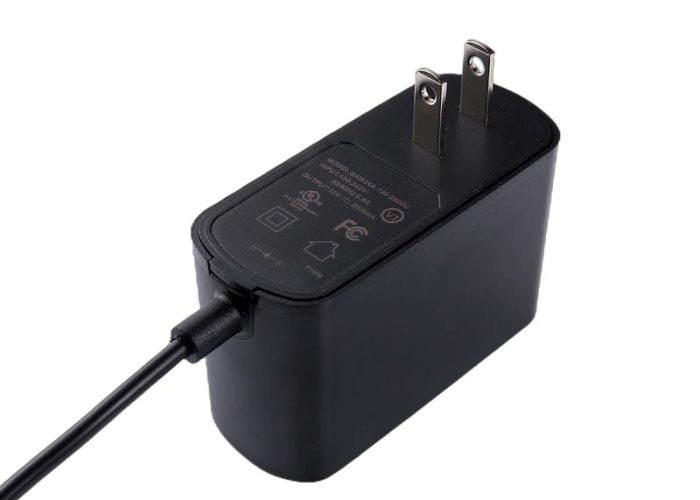
JPT Power is China’s power adapter manufacturer, if you need to meet the 62368 standard power adapter can contact our sales consultant, they will give you the most professional answers and product recommendations
III. Implementation and Compliance of IEC 62368 Standard
3.1 Risk Assessment and Design Verification:
Manufacturers need to conduct risk assessment and design verification when designing their products to ensure compliance with the safety requirements of the IEC 62368 standard. Risk assessment involves identifying safety risks in the product, assessing the probability and severity of the risks, and implementing corresponding measures for risk control. Design verification involves testing and validating the product during the design phase to ensure compliance with the various requirements of the standard.
3.2 Compliance Testing and Certification:
Manufacturers are required to conduct compliance testing and certification to demonstrate that their products meet the requirements of the IEC 62368 standard. Compliance testing is typically conducted by third-party testing laboratories to ensure the objectivity and impartiality of the test results. Manufacturers need to submit product samples to the testing laboratory and provide detailed design documents and technical specifications for testing.
After completing the relevant tests, the certification body will issue a compliance certificate to the manufacturer, confirming that the product meets the standard requirements. Additionally, the certification body may conduct audits of the production process and periodically perform sampling inspections to ensure ongoing compliance of the products.
Before selling products in the market, manufacturers need to obtain a compliance certificate to demonstrate that their products meet the requirements of the IEC 62368 standard. Furthermore, manufacturers need to update their product designs and production processes promptly to maintain compliance.
IV. Impact of IEC 62368 Standard on Market Access
The IEC 62368 standard has significant implications for equipment sales and market access. As an internationally accepted safety standard, it has been adopted as a mandatory compliance requirement in many countries and regions. The following are the impacts of the standard on market access:
1. Compliance Requirements: Compliance with the IEC 62368 standard is a prerequisite for market access. Manufacturers must ensure that their products meet the safety requirements of the standard; otherwise, they may be prohibited from selling in the market. This is crucial for ensuring the safety and reliability of the equipment during use.
2. Compliance with Laws and Regulations: The IEC 62368 standard has been incorporated into laws and regulations in many countries and regions, such as the CE, GS, UKCA in the European Union, and UL, FCC certifications in the United States. Compliance with the standard is a legal requirement for selling equipment, and non-compliance may involve legal risks.
3. Role in International Trade: As IEC 62368 is a universally accepted standard, equipment that complies with this standard is more likely to enter the international market. Many countries and regions prioritize products that comply with international standards when procuring equipment, which helps enhance the competitiveness and market share of the equipment.
4. Widespread Influence of IEC Standards:
IEC 62368-1 is an international standard that has been adopted by many countries as a reference for developing their own relevant standards. Particularly, the European Union and the United States, as China’s major trading partners, have implemented EN 62368-1 (2nd edition) and UL 62368-1 (2nd edition), respectively, based on the IEC 62368 standard since December 20, 2020. All electronic products entering the European Union and the United States must comply with the corresponding standards, which requires Chinese foreign trade enterprises and manufacturers to pay close attention.
country name | standard |
USA | UL 62368-1 |
Canada | CSA 62368-1 |
European Union | EN 62368-1 |
Mexico | NMX-1-62368-1-NYCE-2015 |
Japan | JIS C 62368-1:2018 |
Australia and New Zealand | AS/NZ 62368.1:2018 |
V. Conclusion:
The IEC 62368 standard covers the safety requirements of modern multimedia devices and is an important standard that adapter manufacturers cannot ignore. Key points include requirements for electrical, mechanical, and fire safety, considerations for thermal safety and fire safety, as well as risk assessment and design verification. Compliance with the standard ensures the safety of devices in normal and faulty conditions and increases opportunities for market access. Therefore, adapter manufacturers should strictly adhere to the IEC 62368 standard to ensure the safety and compliance of their products, protect user interests, expand market share, and enhance international competitiveness.
Energy Source | Effect on the body |
Class 1 | Not painful, but may be detectable |
Class 2 | Painful, but not an injury |
Class 3 | Injury |
JPT POWER produces power adapters with UL60950, UL62368, UL61558, UL60335, UL1310 and other certification standards, please contact your sales consultant for the latest product information
